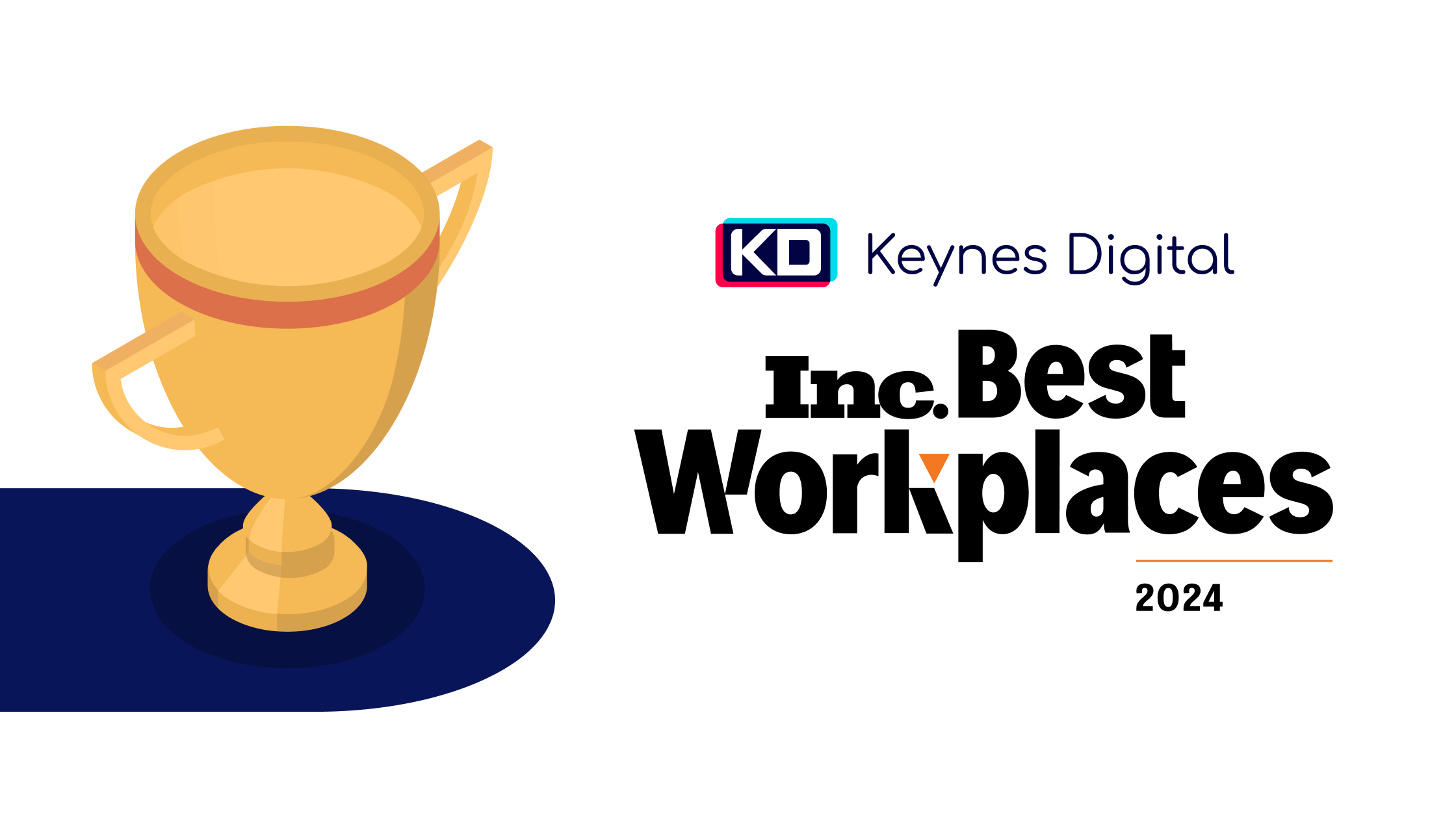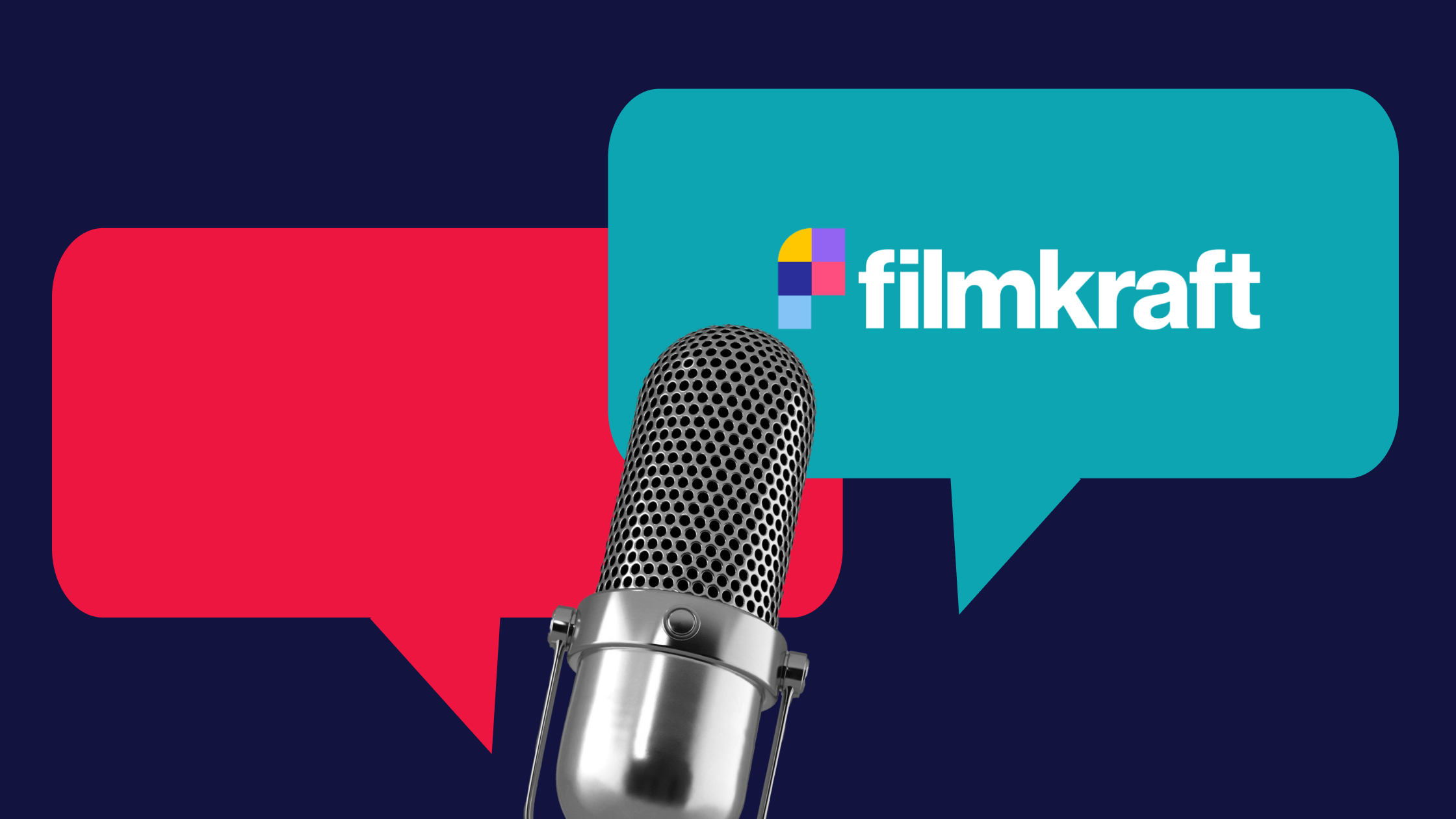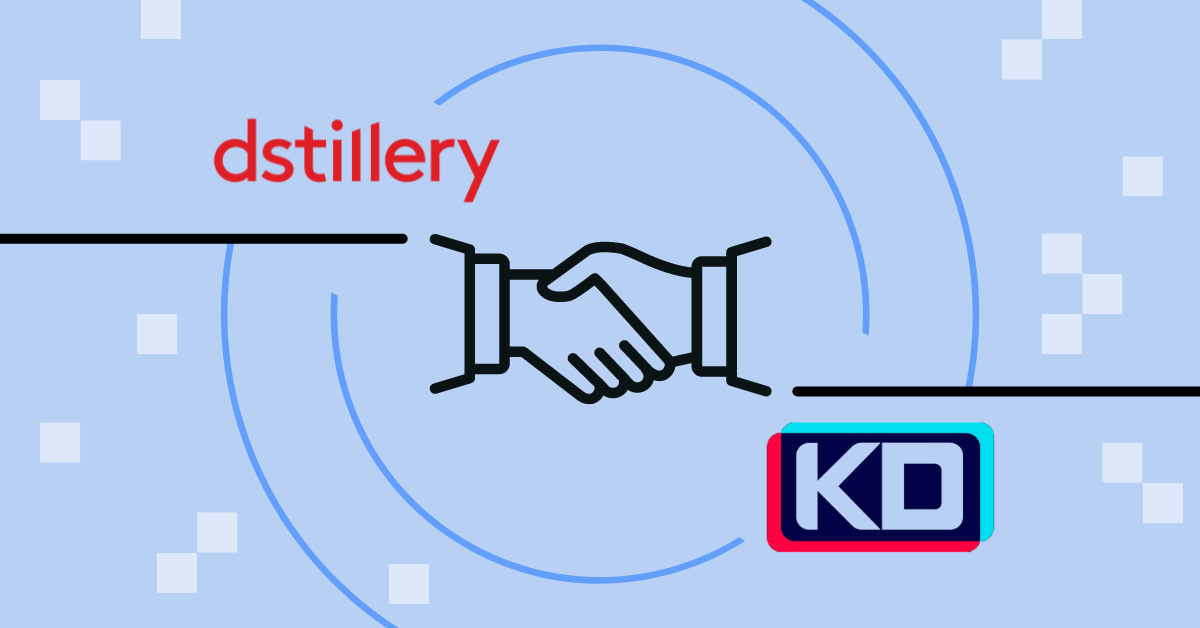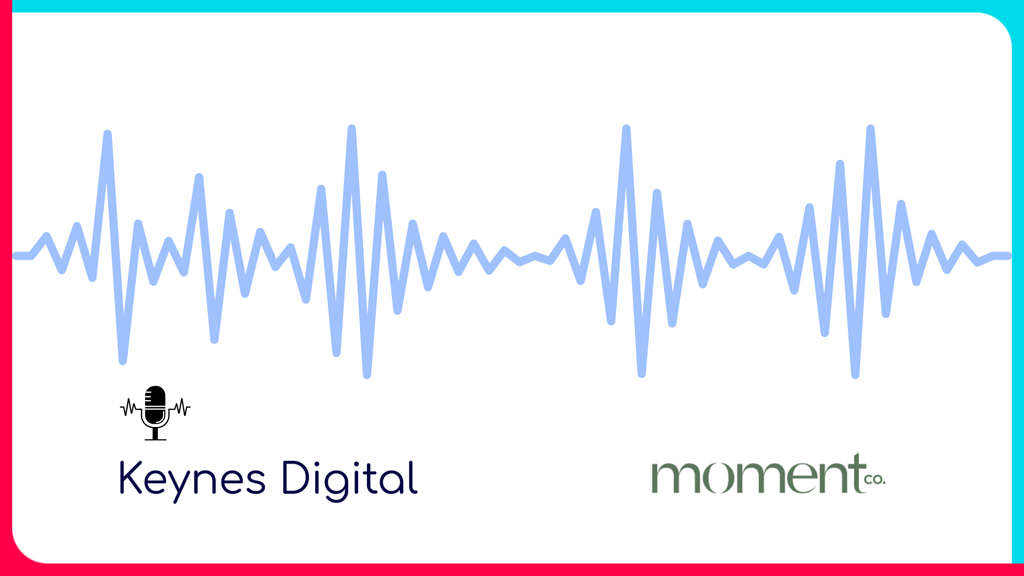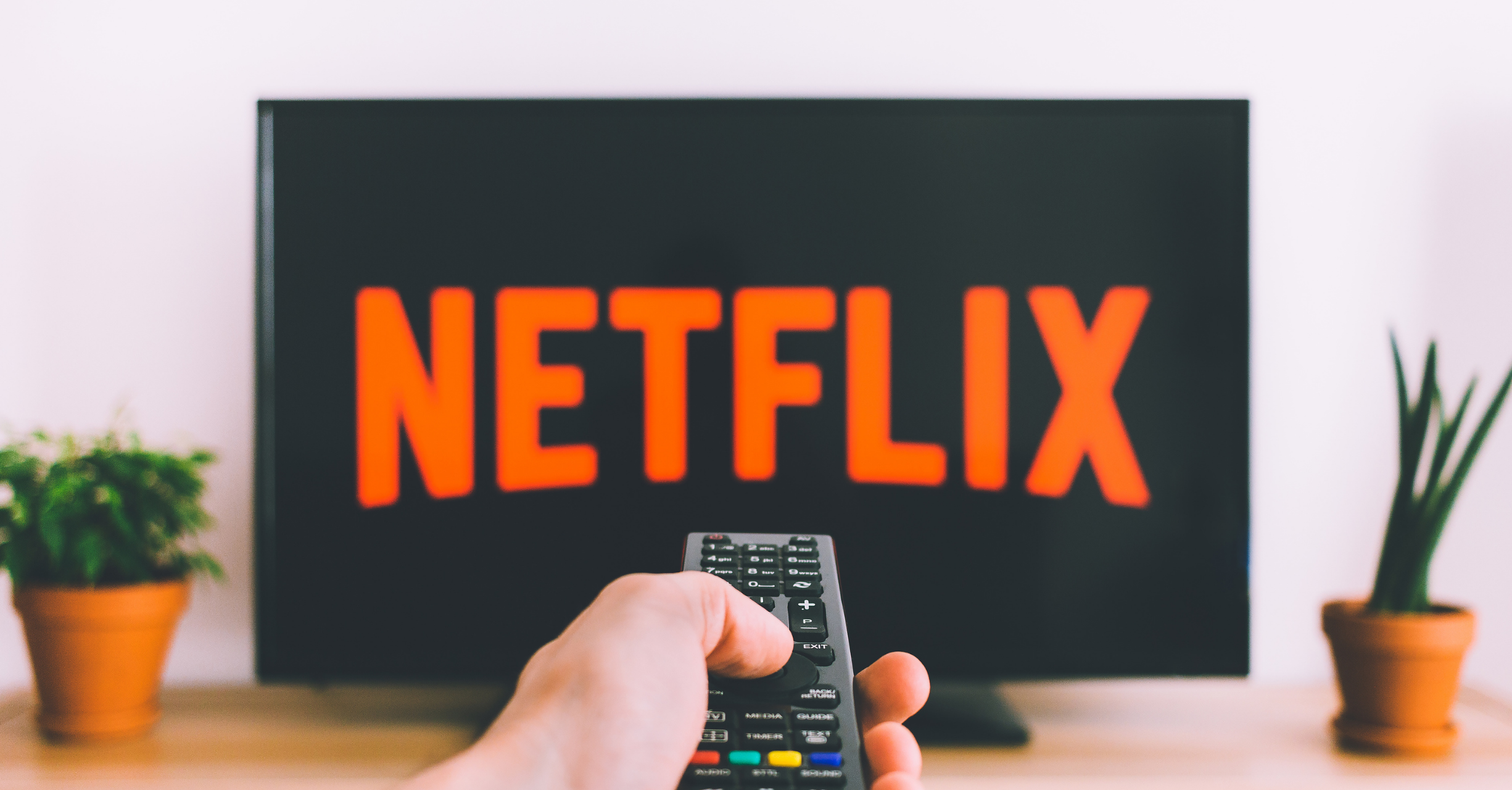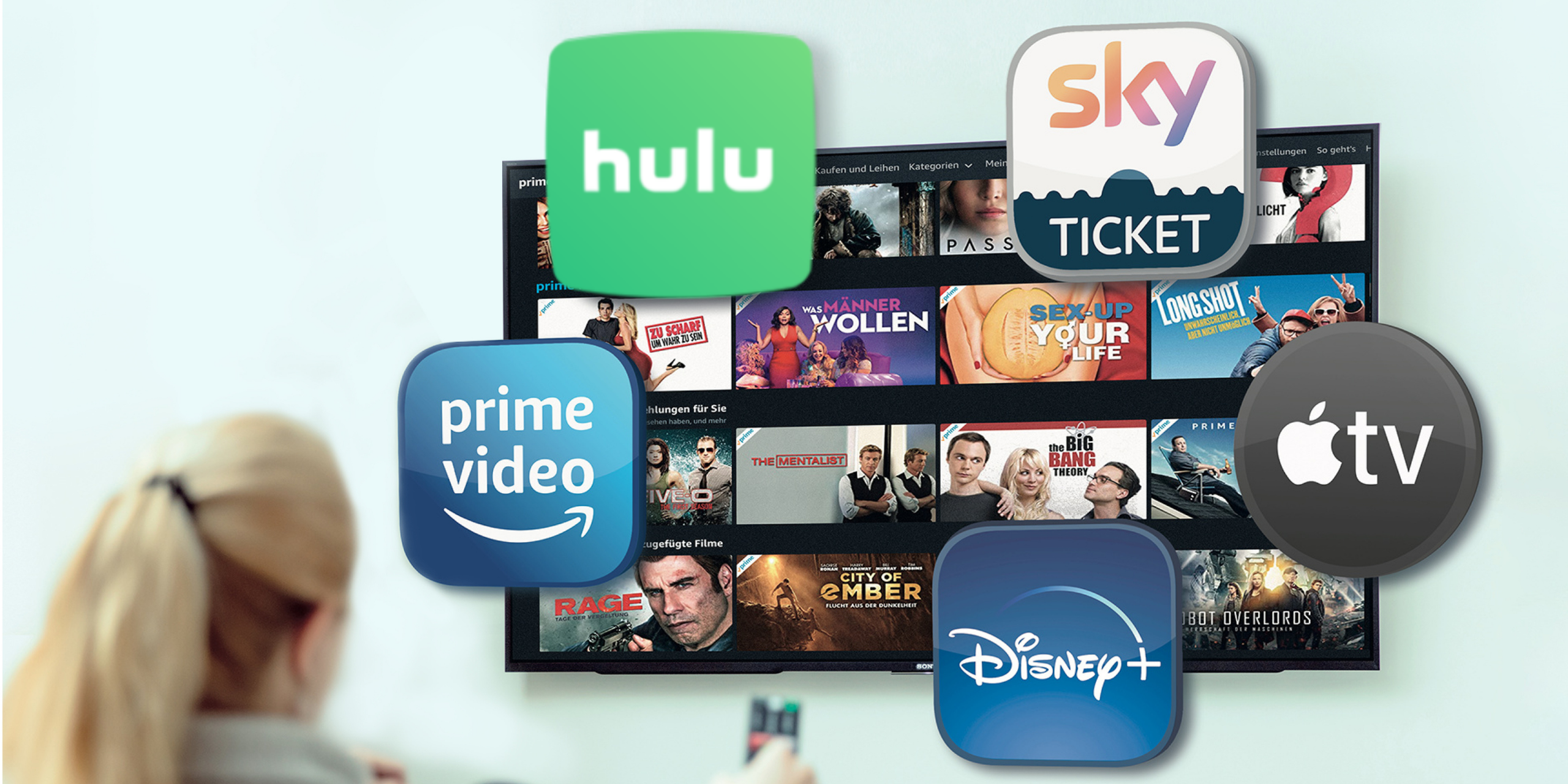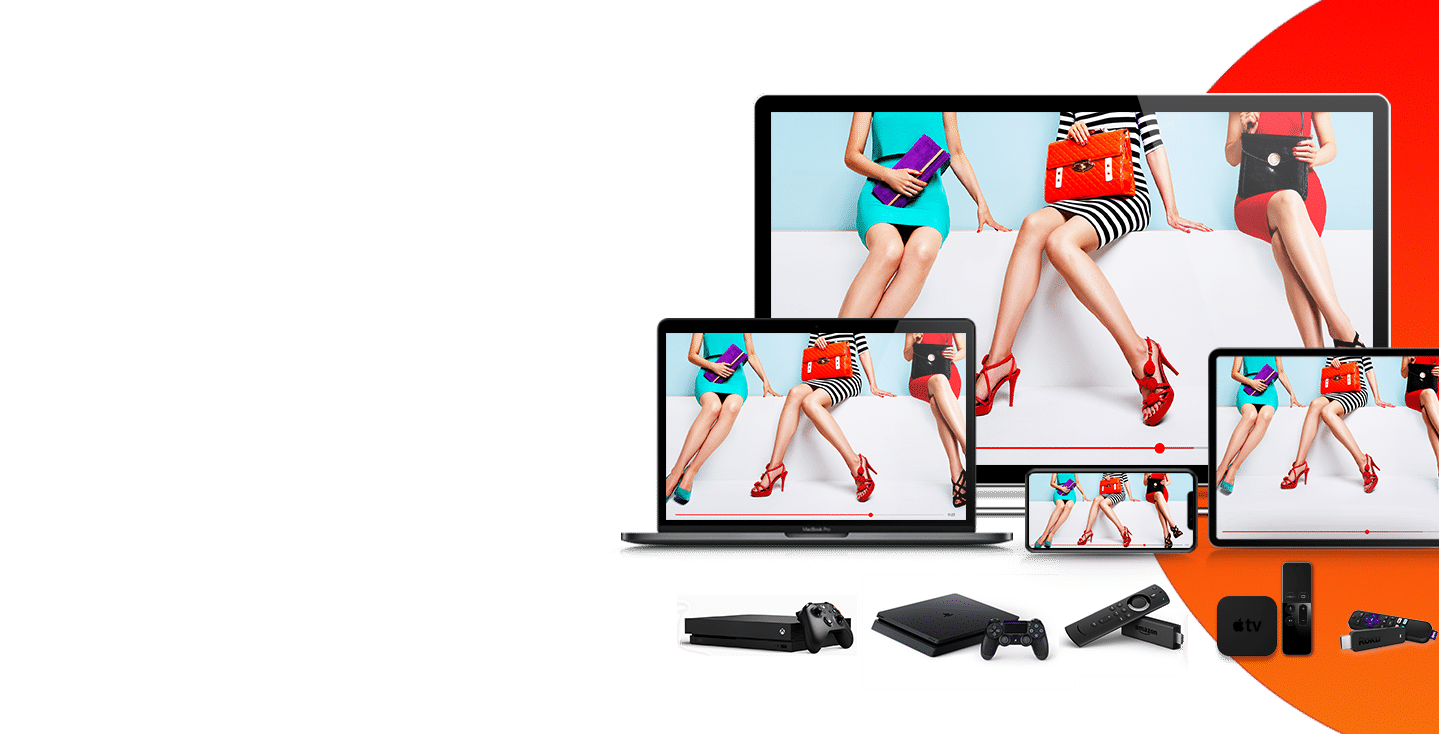Connected TV Examples
Connected TV has made a significant impact on the advertising industry. Never before has the world seen such a surge in the number of households using connected televisions for their programming options.
The connected TV advertising market size has been on a steady incline, especially over the last two years. More than 80 percent of households own a connected television. With such a large market share, connected TV advertising has a direct effect on how advertisers and consumers interact.
History of Connected TV
The first CTV devices were introduced in the early 2000s, but they were not very popular at the time. This was because the internet was not as fast or reliable as it is today, and there was not as much content available to stream. However, as the internet has improved and more content has become available, CTV devices have become increasingly popular.
Types of Connected TV Devices
There are a variety of CTV devices available, including:
- Smart TVs: Smart TVs are TVs that have built-in internet connections. This allows users to stream content from apps like Netflix, Hulu, and Amazon Prime Video.
- Streaming sticks: Streaming sticks are small devices that plug into a TV’s HDMI port. They allow users to stream content from apps like Netflix, Hulu, and Amazon Prime Video.
- Gaming consoles: Gaming consoles like the PlayStation 4 and Xbox One can also be used to stream content.
- Laptops via the Internet: Laptops are used to stream content on a TV by connecting them to the TV with an HDMI cable.
- Tablets via the Internet: Tablets are used to stream content on a TV by connecting them to the TV with an HDMI cable.
- Smartphones via the Internet: Smartphones are used to stream content on a TV by connecting them to the TV with an HDMI cable or by using a casting device like the Chromecast or Fire TV Stick.
Connected TV
Connected TV is also known as CTV. A connected TV device connects to the internet and allows the consumer to download media. Connected TV examples include smart television sets with built-in internet connectivity, televisions hooked up to gaming consoles, and OTT-enabled devices plugged into a TV.
Once the connected TV device is online, users can download streaming platforms such as Hulu, Peacock, Discovery Plus, HBO Max, and Crackle. Advertisements are placed in different areas within the connected TV format. For instance, connected TV examples of ads include home-screen static ads, interactive pause ads, and in-stream video ads.
Connected TV Strategy
A connected TV strategy starts before brainstorming a commercial. Keynes suggests making goals and finding out how does connected TV advertising work before putting together the creative.
At first, the goal is to determine what’s more important for the ad to achieve: brand awareness or direct response. To better understand, check out our One View page to learn more about what goes into connected TV ads.
Direct Response
Direct response is a lower funnel strategy that aims to make the viewer take immediate action. Actions could include driving consumers to visit your website, make a purchase, download an application, watch a connected TV YouTube clip, or fill out a contact sheet. To rank for Direct Response, TV commercials must consider:
- Does it make me put my phone down?
- Can I tell who the advertiser is at all times?
- Does it tell me what to do and where to go?
- Does the video look professionally made?
- Is there a strong USP?
Branding
Brand awareness is a higher funnel and will aim to improve product recognition. Over time, the consumer should start to have a positive association with the company and its products. The advertisements may feature celebrities, promote upcoming sales, or have memorable catchphrases. Passing on goals to the creative will ensure advertisements get the right message across.
Along with the creative side, the technical side must also be considered as part of a connected TV strategy. Review connected TV ad examples for inspiration and also run a specification check. Keynes has an online CTV Spec Check tool to help confirm that the asset will be approved by streaming services. To rank for Branding, TV commercials must consider:
- Does it make me put my phone down?
- Is the video memorable?
- Will I have to see this ad more than once to remember it?
- Will I talk about this ad later with friends?
Connected TV Advertising Examples
Connected TV advertising has been around for enough time that marketers have numerous examples to review.
Keynes offers dozens of connected TV advertising examples via our One View TV Commercial Review page to help lend inspiration. As commercials are categorized by goal type: direct response or branding, each connected TV advertising example has a breakdown of what works and what doesn’t for the campaign.
What Is CTV Advertising?
Connected advertising is a subset of OTT marketing. Connected TV strategy for advertisers means that CTV campaigns are focused exclusively on television sets with online access.
These are just a few examples of the many different ways that brands are using Connected TV advertising to reach their target audiences. As CTV continues to grow in popularity, we can expect to see even more innovative and engaging ad formats emerge in the future. Here are some additional benefits of Connected TV advertising:
- Reach: CTV devices are becoming increasingly popular, so brands can reach a large audience with CTV ads.
- Engagement: CTV ads can be more engaging than traditional TV ads, as viewers are more likely to interact with their devices when streaming content.
- Targeting: CTV ads can be targeted to specific audiences based on demographics, interests, and even past viewing behavior.
- Creative Assets: CTV ads can be more creative than traditional TV ads, as they are not limited by the same technical constraints.
- Measurement: CTV ads can be more measurable than traditional TV ads, as various tools are available to track their effectiveness, such as reliable and security-safe cross-device technologies.
Connected TV Ad Examples 1
For instance, in August 2021, Fanatics aired a commercial promoting licensed sports team gear. The ad was a direct response campaign to entice consumers to take advantage of a limited-time special offer. The commercial was attention-grabbing and had the perfect runtime to peak interest. Some additional good DR examples from our TV commercials review page could include:
- GoodRx
- Simple Health
- Zola
- ThredUp
- Imperfect Foods
Connected TV Ad Examples 2
A well-reviewed connected TV advertising example was the commercial from AHA Sparkling Water. The brand uses celebrities to first grab interest and immediately lets the audience know about the product. Another effective strategy is that advertisers rely on humor to help with brand awareness. Some additional good Branding examples from our TV commercials review page could include:
- GoodRx
- Harry’s
- BananaBoat
- Tommy John’s
- Prose
Connected TV Advertising Companies
Connected TV advertising companies partner with brands to increase audience size and get more targeted viewers. Connected TV companies provide the opportunity to advertise a brand on the top streaming content and the most popular Connected TV platforms.
There are many digital-only Connected TV providers, as well as linear TV networks that have their feet in both strategies. The only difference is that a connected TV ad can be interactive with measurable results.
Keynes has the expertise to help brands partner with the best Connected TV companies. Connected TV providers look for full-episode player (FEP) commercials. FEP commercials will be shown on full-screen television without a skip option.
Said Challenges of Connected TV Advertising
There are a few talked about challenges to CTV advertising, including:
- Fragmentation: Having many CTV devices and platforms to choose from makes it difficult for brands to reach their target audiences.
- Solution: Work with partners that run programmatically to ensure you’re reaching the best and the most accurate audience for your brand.
- Measurement: If your partner is not upfront with you on their measurement tactics, they could withhold valuable data and the effectiveness of your Connected TV ads, as there is no single standard for measuring CTV ad impressions.
- Solution: Work with partners that use cross-device technologies that guarantee a +95% accuracy rate.
- Ad fraud: There is a growing problem with ad fraud in CTV.
- Solution: Work with partners you trust that are transparent about your data and pricing structures.
Connected TV Reporting
Connected TV companies provide tracking and reporting that is unavailable through linear TV commercials. Companies can let the brands know more than how frequently an ad has been displayed. Reporting will also include cost per attribution (CPA), number of website visits, time spent on sites, and more.
Reporting will also include cross-device technology. With cross-device tracking, brands know what devices consumers use to interact with their ads.
Connected TV Advertising Statistics
Connected TV growth has surprised the industry. Connected TV trends YOY demonstrate that usage of streaming devices will only expand. The following Connected TV advertising statistics should be considered before the campaign launch:
Connected TV Viewership
Connected TV viewership 2021 from the Leichtman Research Group demonstrated that 60 percent of all individuals stream at least once weekly. In 2020, that percentage was 59 percent. Over 40 percent of consumers watch connected TV daily.
Connected TV Advertising Performance
Connected TV advertising effectiveness 2021 was promising for all marketers. Campaign performance growth for connected TV has increased by 208% in revenue. There are also 99% more site visitors through connected TV ads.
Connected TV Advertising Costs
Cost-effectiveness has improved regarding connected TV advertising as well since 2020. The average cost per visit for CTV ads has decreased by 23 percent.
The Shift to CTV Advertising
The consumer can now watch TV through a wireless internet connection. Connected TV advertising gained popularity with the cord-cutting trend. Instead of paying high costs to a satellite or cable company, the household can stream cheaper ad-supported TV.
Streaming applications may be free of charge or require a set monthly payment. Both free and paid streaming applications rely on ad revenue to operate. Users often pay a lower monthly rate if they permit commercials while streaming.
Connected TV advertising relies on different types of media to engage consumers. With tracking cookies, connected TV ads are always very targeted. Advertisers can select users based on location, age, gender, viewing habits, shopping patterns, and more.
Ads can also be retargeted to those who have interacted with a brand previously. Connected TV ads are often interactive, allowing viewers to get redirected to the brand’s website from their TV screens.
Connected TV vs OTT
What is OTT (Over-The-Top Television)? Connected TV is a subcategory of OTT. OTT means over-the-top and is defined as watching television without a cable or satellite subscription. The main difference when comparing connected TV vs OTT is watching TV on a device versus a streaming platform. Connected TV devices involve the use of television sets for streaming purposes. However, OTT features streaming on any device, including mobile options. Some digital-only streaming OTT platforms used for OTT TV include Hulu, Prime Video, Sling TV, Peacock, HBO Max, and more.
What is CTV (Connected Television)? Connected TV can stream the same applications as OTT but not inclusive of mobile phones, laptops, and computers. Connected TV devices can be used on traditional televisions without built-in wireless capabilities. Examples of Connected TV devices that plug into TVs are Amazon Fire TV, Apple TV, Roku, and Google Chromecast. Gaming consoles such as Sony Playstation and Microsoft Xbox permit streaming through a television too.
OTT Vs OLV
What is OLV (Online Video)? OTT vs OLV is not the same as CTV advertising. OLV stands for online video and is a form of advertising marketers use through OTT platforms. OLV ads run while consumers interact on streaming applications such as HBO Max and Hulu. The OLV ad could appear before the content starts to stream, during the stream, or after the stream. OLV ads work across devices, whether the person watches a show on a connected TV, mobile phone, or laptop.
OLV ads offer more engagement than banner ads. However, OTT premium TV content that runs 15 to 30-second ads gives a brand a better opportunity to either encourage a direct response or improve brand recognition. Full episode player ads are a type of OTT that must play from start to finish and will display on the entire screen.
What is Linear TV Advertising?
Connected TV vs linear TV is a simple comparison. Linear TV advertising can be considered traditional commercials. These commercials are served to audiences who watch television through their satellite or cable TV provider. Ads are shown during commercial breaks during scheduled broadcasts. Unlike connected TV advertising, reporting is limited to standard commercials.OTT vs linear TV is considered the same as comparing connected TV. Many brands consider OTT and CTV marketing solutions more cost-effective and beneficial than linear TV campaigns.
Overall, Connected TV advertising is a powerful tool that helps brands reach their target audiences more effectively and engagingly. CTV advertising is the option if you are looking to reach your target audience. Keynes is available to assist with pointing out the top benefits of connected TV vs linear TV advertising. Learn more about CTV options and how ad opportunities are available for all business types.
Industry Expert Insights
We are your high-touch, performance-focused streaming TV and programmatic advertising partner. Our team of experts and a one-of-a-kind data-driven platform connects you to the best streaming TV marketing strategies.


